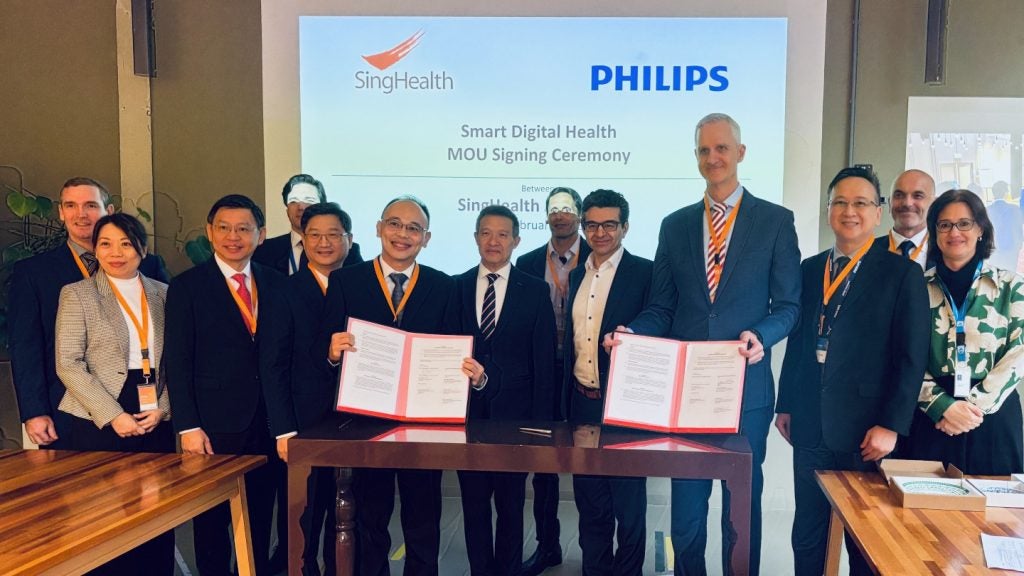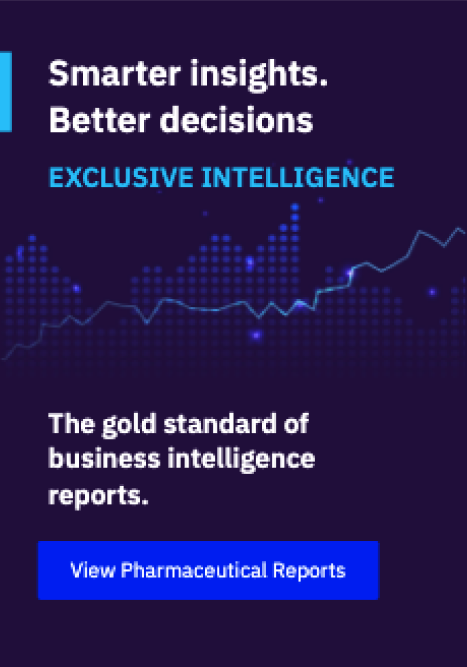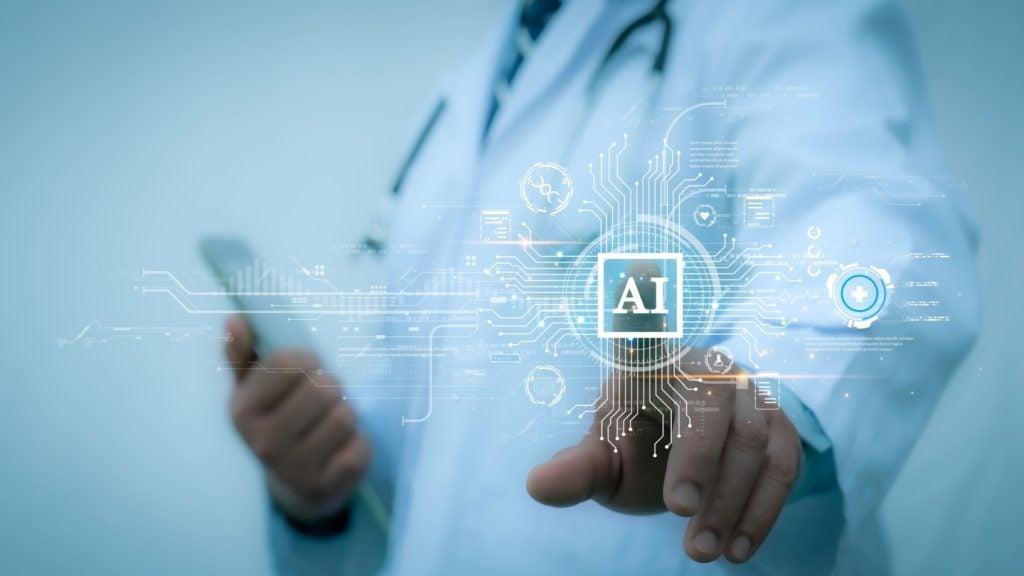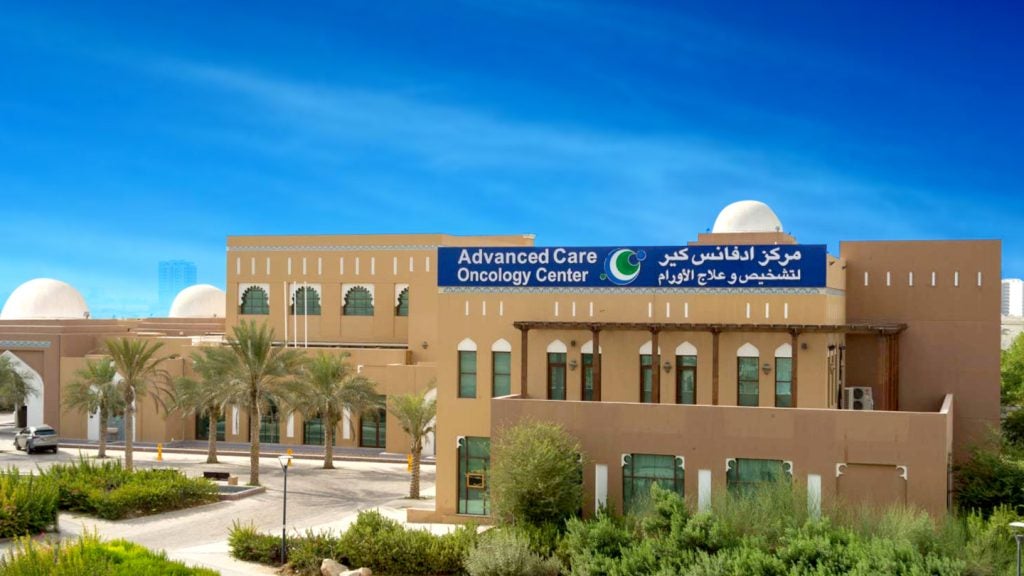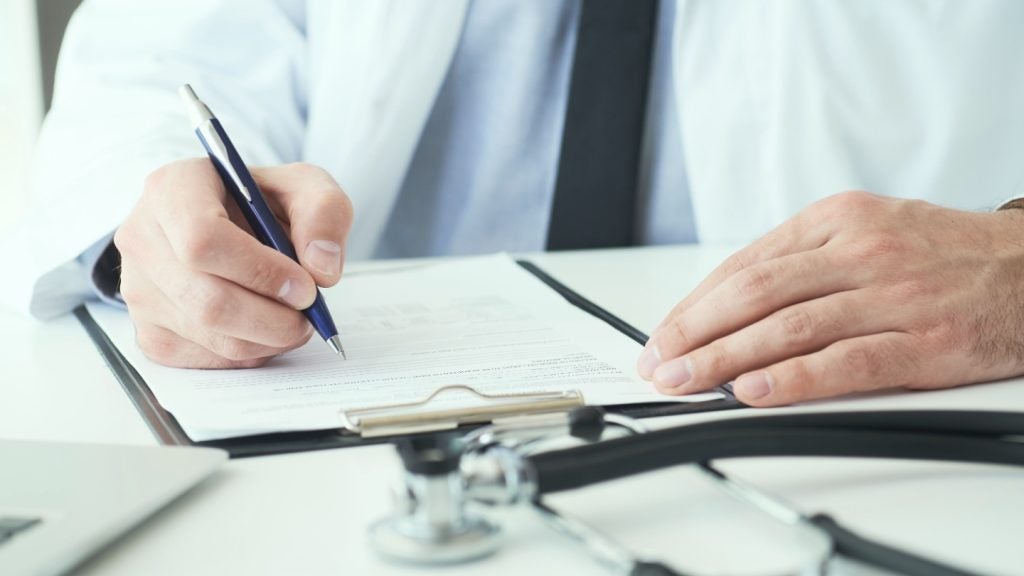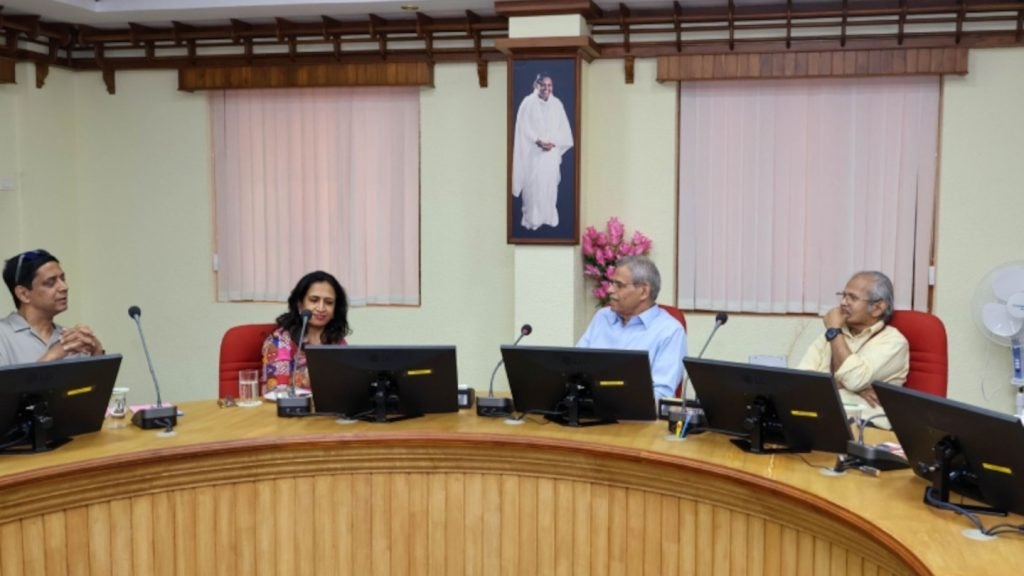Philips and Singapore-based public healthcare cluster SingHealth have entered a memorandum of understanding (MOU) to deploy technologies and expedite the digital transformation of the healthcare sector.
This partnership aims to establish a standardised data architecture for SingHealth.
It will use Philips' healthcare technologies and is set to enable seamless digital workflows and improve clinical decision-making.
Philips Singapore country manager Hung Choong Hwang said: "By combining our technological expertise with SingHealth's clinical excellence, we aim to set new benchmarks in healthcare innovation, quality, and resilience, in line with our vision of delivering better care for more people."
Over the next three years, Philips and SingHealth will establish dedicated teams to lead three pivotal projects.
These initiatives will focus on integrating imaging data with AI, predictive data management for actionable insights, and optimising intensive care unit (ICU) capacities by enhancing monitoring, as well as patient assessment capabilities.
As the projects evolve, the scope of the MOU may expand to encompass additional collaborative areas identified by both parties.
One of the key projects involves streamlining digital image workflows across radiology, pathology, and other clinical practices.
The aim is to centralise and modernise the architecture, standardise clinical access, and improve the connectivity of electronic medical records.
Starting with radiology, this project will also investigate the potential of embedded AI for automating and integrating workflows.
Another project will use next-generation data analytics to offer real-time insights, improving clinical decision-making.
By implementing advanced device interface models and introducing visualisation and programmable AI layers, SingHealth intends to prepare for further global innovations in this field.
To optimise ICU capacity and enhance care quality, new clinical decision support tools and advanced monitoring equipment will be deployed.
A unified monitoring system will be established in alignment with clinical workflows, such as alarm assessments.
In addition, the joint development of AI-powered models and algorithms will enable users to monitor how patients' conditions develop. It will also help to optimise alarm management and deliver avatars and clinical parameter dashboards.


